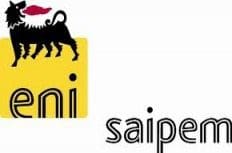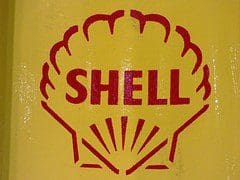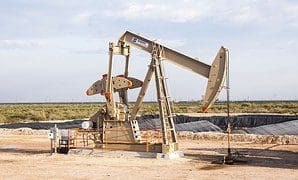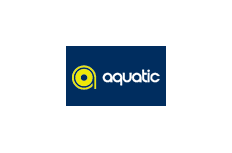Royal Dutch Shell Plc Chief Executive Officer Ben Van Beurden spelled out his main goal last week — surpass Exxon Mobil Corp. to become the best-performing oil major.
“I am determined to get us to that number one place,” he said after outlining the company’s long-term strategy in London. “I want to create a world class investment case for Shell and our shareholders.”
There are signs Van Beurden is winning over some investors following his record $54 billion acquisition of BG Group Plc. Shell has closed the gap on Exxon for total shareholder returns, which accounts for share prices, dividend payouts and buybacks, after lagging behind for five years. Still, the Anglo-Dutch explorer trails its U.S. rival on a range of other metrics from return on capital and assets to cash flow.
“In the past 15 to 20 years Shell has fallen behind Exxon, and now Ben is coming with the determination to take the company back up there,” said Iain Armstrong, a London-based analyst at Brewin Dolphin Ltd. “But it could take years for Shell to become the benchmark for the industry that Exxon is. It won’t happen this decade.”
To meet his target, Shell will focus on increasing free cash flow per share, improving its returns and running its finances in a “conservative way,” according to Van Beurden, who is resetting the company to perform with lower oil prices.
Expenditure Focus
To achieve this, Shell will cap annual capital investment at $30 billion until the end of the decade even if crude prices rise, Europe’s biggest oil company said June 7. If prices remain at the current level of $50 a barrel, or drop, Shell can cut spending below the lower end of its target range of $25 billion.
Shell plans to slow new investments in its liquefied natural gas business as it seeks to increase cash flows. The BG deal gave it LNG assets from Australia to North America and consolidated its top position with liquefaction capacity more than double that of its nearest rival Exxon.
“Everybody really liked the focus on the cap on capex and also the reduced emphasis on investments in LNG because they’ve made a big investment already by buying BG,” said Iain Reid, an analyst at Macquarie Capital Ltd. in London. “They’ve got a good chance” of surpassing Exxon “if they can change the business in the way they outlined last week.”
Van Beurden has pledged to boost Shell’s return on capital employed to 10 percent by 2020 at an oil price of $60 a barrel. That compares with an average $12 billion free cash flow and 8 percent return on capital at $90 oil from 2013 to 2015. Shell aims to generate $20 billion to $25 billion of free cash flow from operations by 2020.
The aim is to underpin the dividend, which Shell hasn’t cut since at least the end of the Second World War, even when oil prices slumped to below $10 in late 1998. The company has already said it will maintain the payout this year.
The company’s B shares in London, the most widely traded, have climbed 14 percent this year. They have gained 2.5 percent since June 6, the day before Shell unveiled its long-term strategy, compared with a 1.6 percent increase for Exxon and a 3.5 percent drop for the 20-company Stoxx 600 Europe Oil & Gas Index.
Van Beurden still has a lot to do to convince investors. Shell’s three-year average return on capital is less than half of Exxon’s. The Anglo-Dutch explorer’s price-to-book-value ratio, a measure of returns from assets, dropped below 1 in 2015 for the first time since 1987, and has stayed at that level since. Exxon’s is double that.
Then, there’s the matter of size. The acquisition of BG has made Shell the world’s second-biggest oil company, after vying for years for that position with Chevron Corp. Yet, Shell’s $203 billion market valuation is 45 percent lower than Exxon’s. The Hague-based company produced 15 percent less oil and gas than Exxon in the first quarter, even after adding BG’s output.
Shell’s purchase of BG has boosted its total debt to about $81 billion while Exxon has about $43 billion, giving the U.S. company more flexibility to borrow to grow. Exxon CEO Rex Tillerson said in March his company is focusing on asset deals rather than acquisitions, which are getting harder to transact in the oil industry.
For the first 90 years of its existence, Shell led the industry in total shareholder returns, Van Beurden said last week. It lost that position in the late 1990s as its rivals including Exxon, Total SA and BP Plc went on a deal-making spree, while Shell was the only one of the oil majors that wasn’t involved in a large acquisition. Van Beurden now wants to return the company to the top and he’s banking on the purchase of BG to help him.
“I want Shell to be a more relevant, a more valuable company, which means a large market capitalization; and a more valued company, which means that we are listened to and respected for what we do and we say,” Van Beurden said.
Source









